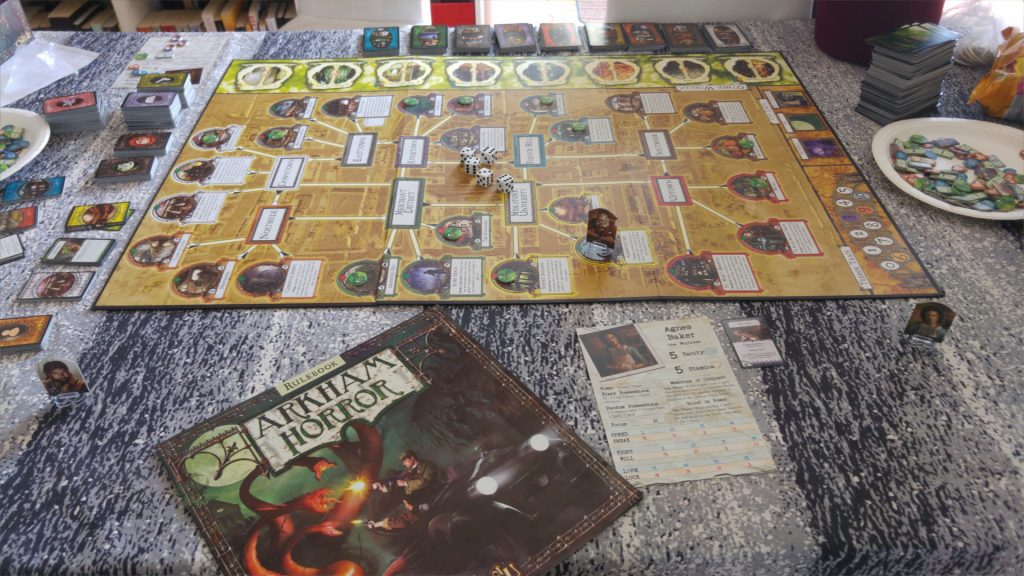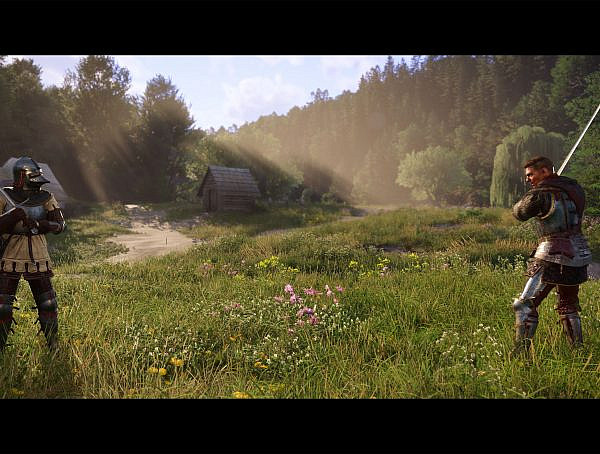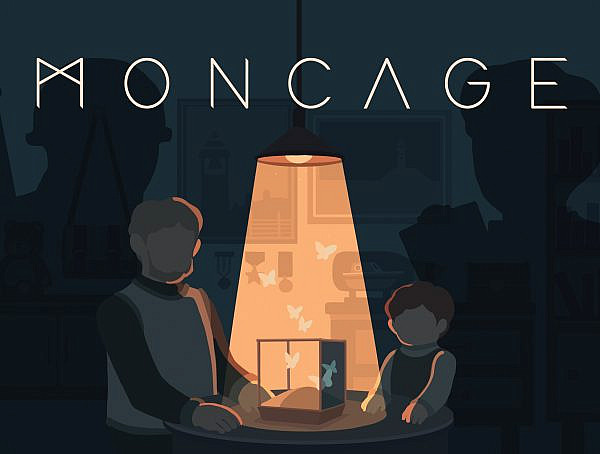Lovecraftian ludus: Arkham Horror boardgame review
Arkham Horror is likely one of the few modern board game classics that even those uninitiated with the medium have heard of. While the game was originally released in 1987, it was revised and reissued in 2005. This will focus on the 2005 reboot.
The game is categorized as “Ameritrash” by board game connoisseurs, meaning that it has a highly developed theme, lots of moving parts and it relies a lot on luck. As such, the gameplay involves a lot of die rolling, cards and tokens. The game pieces and board itself deserve mention for being well illustrated.
The game is set in the Cthulhu mythos and takes place in the city of Arkham, as the title implies. As is customary for Lovecraftian games, player characters have a sanity meter which depletes upon facing eldritch monstrosities. Each player controls a pre-defined character, all of whom have their own unique characteristics. Each has different attributes (sanity and stamina for mental and physical defense respectively) and starting equipment, which adds a shade of RPG-esque flavor to the board gaming experience. While attributes are set in stone, players are able to modify their skills upon the start of each new round. Contrasting skills are paired together in speed/sneak fight/will and lore/luck dichotomies. Whenever you decrease one, you raise the corresponding skill. The focus rating of your character determines how many steps you can increase a skill during a round.
The main objective of the game is to travel across the board closing gates, which act as summoning portals. It’s not a competitive game, so players are working together. If too many gates are open simultaneously, an Ancient One awakens, which means facing off against an incredibly powerful foe that will likely wipe out the party.
What sets Arkham Horror apart from other board games that I’ve played is how many modifiers affect the gameplay. There are collectible items, spells, blessings, curses, companions, temporary effect cards that affect the entire board, buildings you can visit for services (hospital, asylum, a bank, shops…), a terror level which will close down aforementioned shops if it exceeds a certain threshold… there are many variables that the player has to keep in mind. But they’re mostly auxiliary information, you aren’t forced to remember all the different factors that affect your character, though it’s good to try and keep track of mechanics that you can use to turn things in your favor. But ultimately, it’s luck that determines your success, as everything is decided by die rolls. Because of that, the game feels like a hybrid between a board and a roleplaying game.
Arkham Horror is complicated and time consuming, during my first game I often forgot I had items and special cards in my possession I could’ve used. But once you get the hang of it, the mechanics work quite well. Its eight expansions speak volumes about its endearing popularity.
Designers: Kevin Wilson, Richard Launius
Publisher: Fantasy Flight Games
Release year: 2005
Players: 1-8
Playtime: 180+ minutes
More from Game Reviews
Kingdom Come: Deliverance II – A Sequel Worthy of a Knight
KCD II delivers a living, breathing medieval roleplaying game to its players. #RPG, #kingdomcome, #openworld
Moncage Review: A Puzzle Game with Mind-Boggling Optical Illusions
Solving a huge #optical_illusion #puzzle in a tiny cube to discover a dark, #emotional story of trauma
Mining, Mayhem, and Bugs: A Deep Rock Galactic Review
Fight monsters, mine riches, and cause chaos with your dwarf crew — welcome to Deep Rock Galactic!














